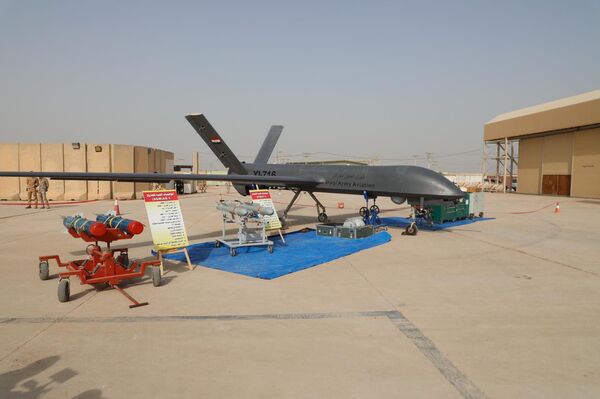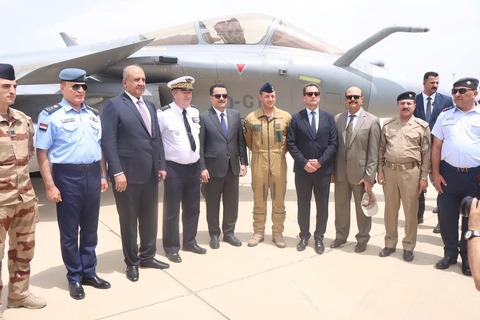- Thread Starter Thread Starter
- #101
IqAF (Iraqi Air Force) is adding 24 Golden Eagle FA 50s:
Second batch of T-50 jet fighters arrives in Iraq coming from South Korea
https://www.almasdarnews.com/articl...s-six-south-korean-built-warplanes-many-come/
All 24 FA 50s are expected to be in the fight by the end of 2019. How will this transform the battle space? How much autonomy will this give the Iraqi Government versus Iran's unelected Supreme Leader Sayyed Khamenei? How close are the Iraqis to being able to defend their air airspace from Iran and engage in air to air combat with the Iranian Air Force? How close is Iraq to being able to engage Khamenei backed militias operating inside Iraq with substantial combined fire coordinated close air support?
Iraq also has about 25 (did one get damaged?) F16s, 10 Aero L-159s, 21 Sukhoi Su-25s, Cessna 208s, and at least 15 T-6 attack aircraft.
Second batch of T-50 jet fighters arrives in Iraq coming from South Korea
https://www.almasdarnews.com/articl...s-six-south-korean-built-warplanes-many-come/
All 24 FA 50s are expected to be in the fight by the end of 2019. How will this transform the battle space? How much autonomy will this give the Iraqi Government versus Iran's unelected Supreme Leader Sayyed Khamenei? How close are the Iraqis to being able to defend their air airspace from Iran and engage in air to air combat with the Iranian Air Force? How close is Iraq to being able to engage Khamenei backed militias operating inside Iraq with substantial combined fire coordinated close air support?
Iraq also has about 25 (did one get damaged?) F16s, 10 Aero L-159s, 21 Sukhoi Su-25s, Cessna 208s, and at least 15 T-6 attack aircraft.








